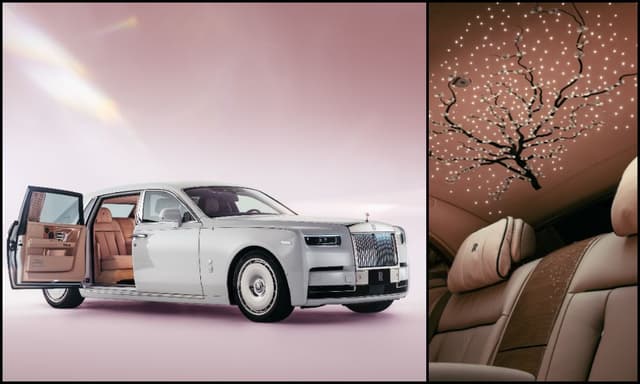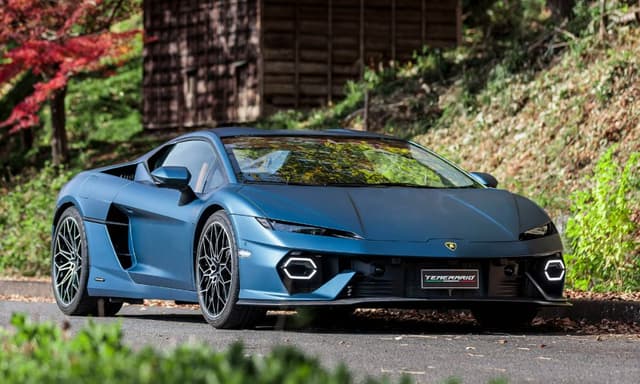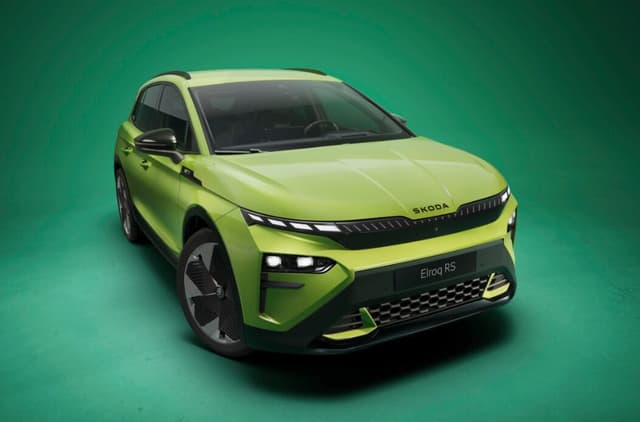BMW G 310 RR Vs TVS Apache RR 310 Vs KTM RC 390 Vs Kawasaki Ninja 300: Spec Comparison

Highlights
The BMW G 310 RR is launched in a fairly competitive segment which has some fierce rivals. Apart from the TVS Apache RR 310, the other two prominent motorcycles in this segment recently received updates too. The BMW G 310 RR has the same exact dimensions as Apache RR 310, and the two motorcycles have the same 312.2 cc engine that generates a peak 33.5 bhp at 9,700 rpm and 27.3 Nm torque at 7,700 rpm in Sport and Track riding modes. The two motorcycles also get Urban and Rain riding modes, which has a restricted output from the engine at 25.5 bhp at 7,600 rpm, and 25 Nm torque at 6,700 rpm.

The engine is paired to a 6-speed gearbox, with top speed rated at 160 kmph for the Sport and Track modes, and 125 kmph for Urban and Rain modes. The two motorcycles have a claimed 0-60 kmph time of 2.93 seconds, and can reach 100 kmph from standstill in 7.17 seconds. Seat is 811 mm tall, and the bikes have a 1,830 mm inner leg curve. Fuel tank has a usable capacity of 12 litres, and fully fuelled, the motorcycles weigh 174 kgs.

The BMW G 310 RR gets golden coloured USD forks up front with 41 mm diameter, and have a 140 mm travel. The monoshock at the rear has a 119 mm travel. The TVS Apache RR 310 BTO also gets a fully adjustable suspension, which is missing on the BMW. Another difference between the two motorcycles is the tyres. The BMW rides on Michelin Pilot Sport tyres, while the TVS rides on Michelin Road 5 tyres, which are much grippier. The bikes both get 300 mm brake discs up front and 240 mm on the rear, but the TVS gets petal discs which further aid in disc-cooling, a feature missing on the BMW.
KTM RC 390
The hugely popular KTM RC 390 got a major update this year, bringing it in line with the new-gen KTM RC motorcycles. The supersport motorcycle gets a 373.3 cc engine at its heart, which is the largest in this comparison. Power output is rated at 43 bhp at 9000 rpm, while the engine has a peak torque of 37 Nm at 7,000 rpm. Not only does the motorcycle have 9.5 bhp and 9.7 Nm more than the BMW-TVS twins, but it also generates those figures 700 rpm lower in the rev range. The engine is mated to a 6-speed gearbox

The KTM RC 390 has a 13.7 litre fuel tank, which is 1.7 litre larger than the BMW G 310 RR. The bike weighs in at 172 kg, which is 2 kgs lesser than the BMW, and has a 24 mm higher seat. The bike gets larger 320 mm brake disc at the front and a slightly smaller 230 mm disc at the rear. RC 390 also gets WP Apex USD forks up front with 43 mm diameter, but only the monoshock at the rear is adjustable.
BMW G 310 RR | TVS Apache RR 310 | KTM RC 390 | Kawasaki Ninja 300 | |
| Engine Capacity | 312.2 cc | 373.3 cc | 296 cc | |
| Maximum Power | 33.5 bhp at 9,700 rpm | 43 bhp at 9,000 rpm | 39 bhp at 11,000 rom | |
| Peak Torque | 27.3 Nm at 7,700 rpm | 37 Nm at 7,000 rpm | 26.1 Nm at 10,000 rpm | |
| Kerb Weight | 174 kg | 172 kg | 179 kgs | |
| Fuel Tank Capacity | 12.0 litres | 13.7 litres | 17 litres | |
| Suspension | Front: 41 mm USD with 140 mm travel Rear: Monoshock, 119 mm travel | Front: 41 mm USD with 140 mm travel Rear: Monoshock, 119 mm travel (Both fully adjustable on BTO) | Front: 43 mm WP Apex USD Rear: WP Apex Monoshock, 10-step adjustable | Front: 37 mm telescopic fork with 120 mm travel Rear: Monoshock, 5-step preload adjustable. |
| Brakes | Front: 300 mm single disc, 4 piston fixed caliper. Rear: 240 mm single disc, single floating caliper. | Front: 300 mm single petal disc, 4 piston fixed caliper. Rear: 240 mm single petal disc, single floating caliper. | Front: 320 mm single disc with radially mounted caliper Rear: 230 mm single disc with floating caliper. | Front: 290 mm single petal disc with dual piston caliper. Rear: 220 mm single petal disc with dual piston caliper. |
Kawasaki Ninja 300
Kawasaki Ninja is one of the most famous motorcycle model line up in the entire world. The striking green paint shade synonymous to Kawasakis marks its identity, and the baby Ninja was launched with an aim to bring that experience in a much more accessible package. The Kawasaki Ninja 300 has a 296 cc engine at its heart, which is the smallest in this comparison, but has a good 39 bhp on offer. This figure though comes in at 11,000 rpm, much higher than the other three motorcycles. Torque output figures have a similar story, with 26.1 Nm peak torque available at 10,000 rpm. The engine is mated to a 6-speed gearbox too.

At 780 mm, the Kawasaki Ninja 300 has the lowest seat height in this comparison, making it even better suited for shorter riders. Fuel capacity of the motorcycle is 17 litres, which is the highest here too, and the bike weighs 179 kgs. In the suspension front, the Kawasaki gets a 37 mm telescopic fork up front which has a 120 mm travel, while the rear monoshock has a 132 mm travel and is also 5-step adjustable. Like the TVS Apache RR 310, the Ninja 300 also gets petal disc brakes, but at 290 mm front and 220 mm rear, the diameters of the discs are the smallest in this comparison.
Last Updated on July 18, 2022
Related Articles
Latest News
- Home
- News
- Comparison
- BMW G 310 RR Vs TVS Apache RR 310 Vs KTM RC 390 Vs Kawasaki Ninja 300: Spec Comparison














